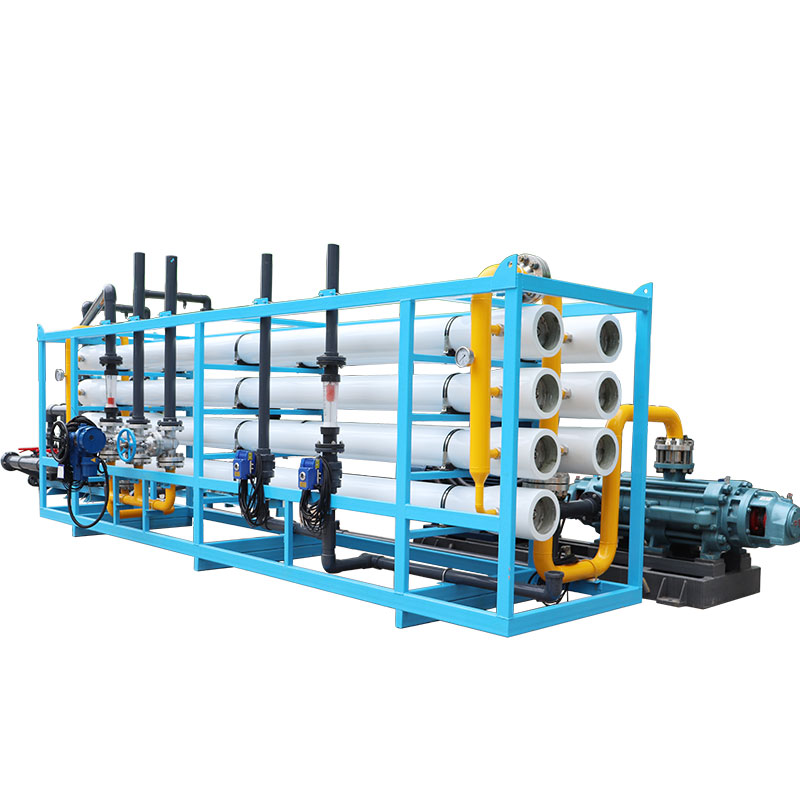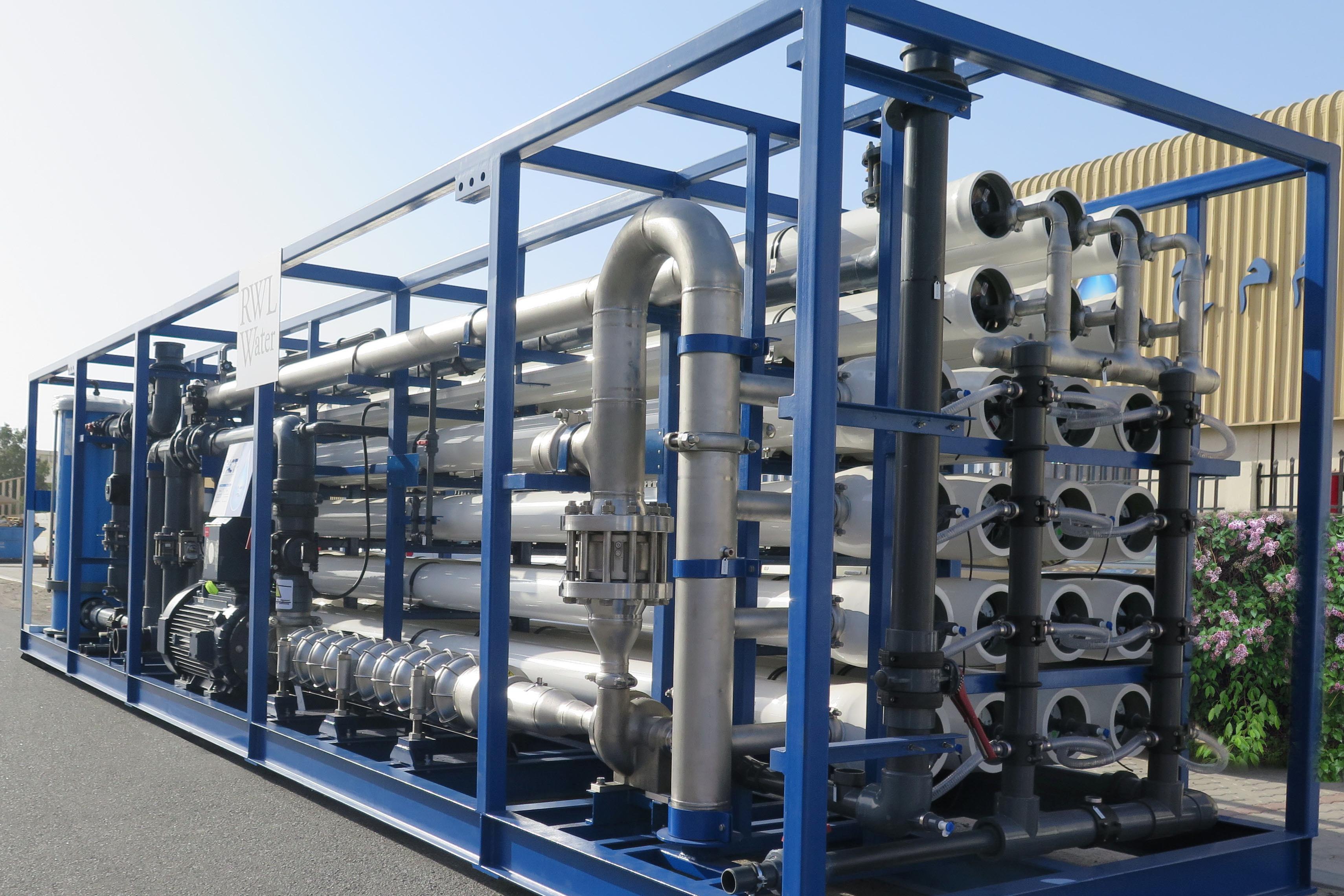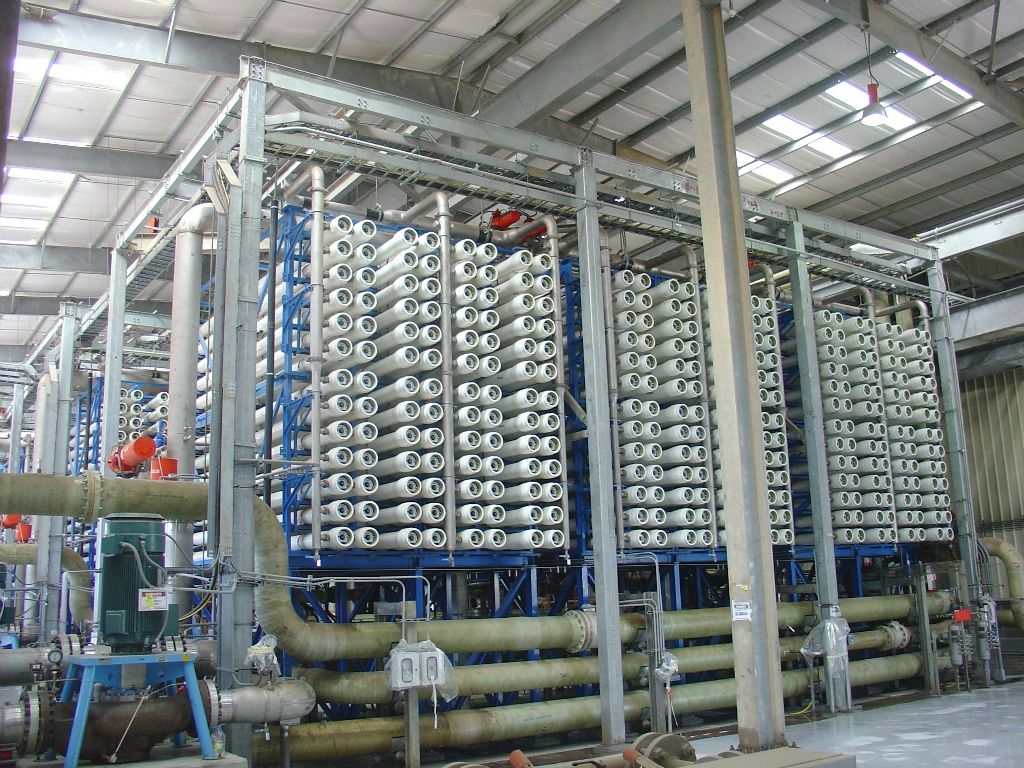How do you desalination salt from bore water?
In many areas, people rely on well water as a source of daily water. However, sometimes well water may contain salt, which brings inconvenience to people's lives. So, How do you desalination salt from bore water?
Reverse osmosis filtration system:
First, one of the best ways to remove salt from well water is to use a reverse osmosis filtration system. Reverse osmosis is an efficient water treatment technology that removes salt, excess minerals, and other dissolved solids (TDS) from water through a semipermeable membrane filter. This system effectively filters salt and other contaminants from well water, providing clean, clean drinking water.
Family reverse osmosis purification system:
Secondly, to solve the problem of salt in home well water, people can consider installing a home reverse osmosis purification system. These systems typically include components such as pre-filters, reverse osmosis membranes, post-filters, and storage tanks to effectively remove salt and other contaminants from well water. Installing a home reverse osmosis purification system not only improves the quality of your home's drinking water, it also protects your family from the effects of water contamination and reduces the risk of infection from water-borne diseases.
Prevent water pollution:
Finally, in addition to using a reverse osmosis filtration system, preventing water contamination is also crucial. One of the effective ways to prevent well water pollution is to keep the well water source clean and hygienic, clean the well head and walls regularly, and avoid the proximity of pollution sources. In addition, it is also very important to regularly test and analyze well water to detect and solve possible water quality problems in a timely manner.

How to choose a home reverse osmosis purification system?
After understanding the importance of using a reverse osmosis filtration system to remove salt from well water, many people may be concerned about how to choose the right home reverse osmosis purification system.
Water quality analysis and needs assessment:
First, before choosing a reverse osmosis purification system for your home, you need to conduct a water quality analysis and needs assessment. Understanding the quality of your home's well water, including parameters such as salt content, TDS, and pH, as well as your home's water consumption and needs, can help determine the type and specifications of the purification system you need.
Brand reputation and quality assurance:
Secondly, it is also very important to choose a home reverse osmosis purification system with good brand reputation and quality assurance. There are many different brands and models of purification systems on the market. Consumers can learn about the performance and quality of different products by consulting product manuals, user reviews and professional reviews, so as to choose the product that suits them.
Maintenance cost and after-sales service:
Finally, in addition to product performance and quality, factors such as maintenance costs and after-sales service also need to be considered. Generally speaking, household reverse osmosis purification systems require regular replacement of accessories such as filter elements and membrane elements. Therefore, choosing products with moderate costs and easy maintenance can save later use costs. In addition, if you choose a brand with good after-sales service and technical support, you can get timely help and support during use.

What are the installation and maintenance methods for a home reverse osmosis purification system?
After choosing a suitable home reverse osmosis purification system, correct installation and maintenance are also key to ensuring long-term stable operation of the system.
Professional installation and commissioning:
First of all, in order to ensure the normal operation of the home reverse osmosis purification system, it is recommended to have it installed and debugged by professionals. The installation process involves multiple steps such as water pipe connection, power wiring, and filter element installation. You need to follow the product instructions and installation guide to ensure correct and stable installation.
Regular maintenance and replacement of filter elements:
Secondly, regular maintenance is the key to ensuring the long-term stable operation of the home reverse osmosis purification system. Generally speaking, key components such as filter elements and membrane elements need to be inspected and cleaned regularly to ensure their normal operation. In addition, it is also very important to replace filter elements and membrane elements in time according to usage and water quality conditions.
Pay attention to safe use:
Finally, you need to pay attention to safety issues when using a home reverse osmosis purification system. Avoid placing the system in humid or high-temperature environments, regularly check the system for leaks or malfunctions, and perform timely repairs and treatment. In addition, pay attention to prevent circuit short circuit and circuit failure during use.
In addition, when using a home reverse osmosis purification system, attention should be paid to preventing safety issues such as circuit short circuits and leakage. Make sure power cords and power sockets are in good condition, and avoid using electrical equipment near water sources to avoid safety accidents.
Regular inspection and maintenance:
Regular inspection and maintenance are key to ensuring long-term stable operation of your home's reverse osmosis purification system. Every once in a while, conduct a comprehensive inspection of the system, including filter elements, membrane elements, pipe connections and other components, to ensure that they are working properly. Timely cleaning and replacement of key components such as filter elements and membrane elements can ensure the filtration effect and performance of the system.
Precautions and maintenance methods:
Finally, when using a home reverse osmosis purification system, you need to pay attention to some maintenance methods and precautions. For example, when the system experiences water leakage, water quality degradation, or abnormal noise, it should be stopped in time and investigated and repaired. During the maintenance process, product instructions and safety operating procedures must be followed to ensure correct and safe operation.

A home reverse osmosis purification system is one of the most effective ways to remove salt and other contaminants from well water. Choosing the right system, correct installation and maintenance, and paying attention to safe use are the keys to ensuring long-term and stable operation of the system. Through these measures, people can ensure the quality of household drinking water and protect the health of their families.






